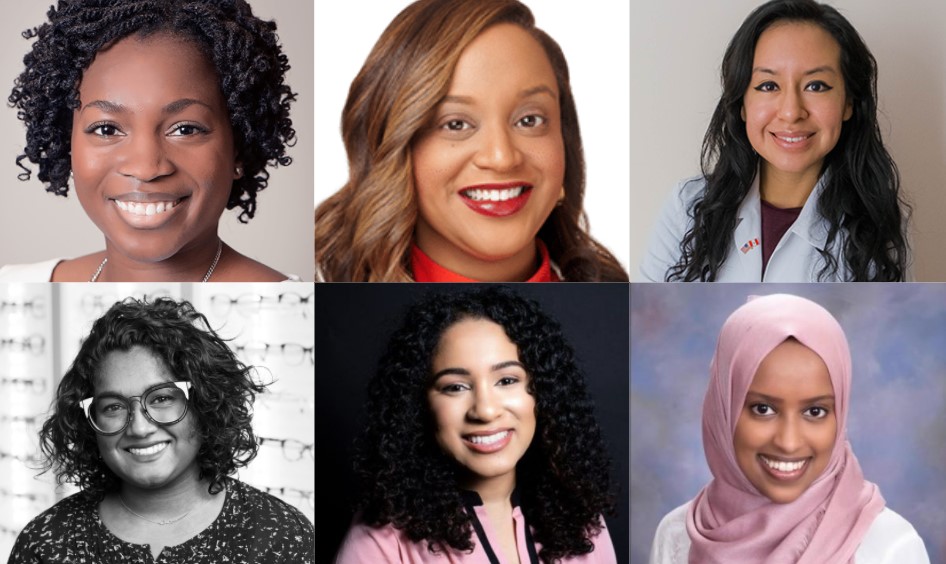

Five ODs and one optometry student participated in a powerful roundtable discussion concerning the current social climate and how it impacts the profession of optometry, inside the classroom, the office and among professional colleagues. Each panelist shared the obstacles they faced as first-generation Americans in school and in the profession and how there can be an increased awareness of reputation. Ruth Shoge, OD, MPH, FAAO, Director of Diversity, Equity, Inclusion and Belonging at the University of California, Berkeley, moderated the discussion.
Camille Cohen, OD, of Brooklyn, New York
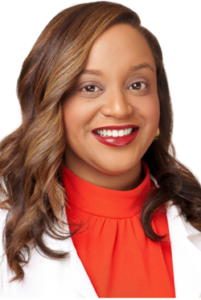

“This happened more than 10 years ago, but I can’t forget feeling overlooked and not being properly cared for. Because if I’m a student, his future colleague, and he couldn’t recognize that I had a huge ID hanging from my neck, then what is he doing with other patients? Are you looking, engaging and listening to your patients? I was answering him, and he wasn’t even looking at me,” Dr. Cohen says.
Damaris Raymondi, OD
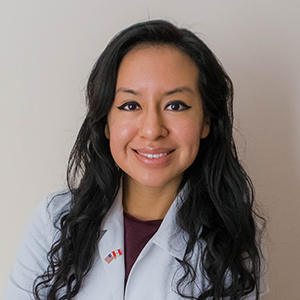

From finding and taking college entrance exams and applications, Dr. Raymondi had to rely on her own perseverance and initiative to find a pathway forward. “That’s why it’s so difficult to get us into levels of higher education and representation; they’re already counting us out as young as age 14,” she says.
Sathi Maiti, OD
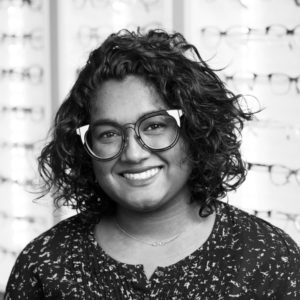

It’s not only about including different races and backgrounds into optometry programs, but educators must also gauge if they actually feel comfortable, she says. “Many of us didn’t necessarily feel at ease in our optometry programs. I was only one of a couple of South Asian students, and they didn’t even do statistics – we just get lumped into a group as Asians,” she says.
She noted she was glad to be part of a panel discussion “acknowledging the reality of racism, bias and discrimination in optometry, and how do we get everyone else in our profession to be aware and address the issue?”
Monique Mohammed, OD, MS
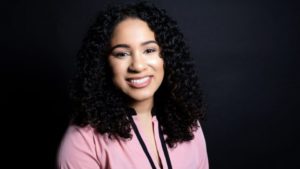

Even in the optometry world, Dr. Mohammed says it can still feel lonely. What’s important for her is to connect with students who represent the similar cultures that Dr. Mohammed comes from. Through the National Optometric Association (NOA) program at the State University of New York College of Optometry (SUNY), she provides mentorship to students who need that support.
Nia Ebrahim, student at State University of New York College of Optometry
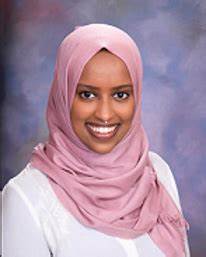

What inspired her to become an optometrist was through a cultural connection. “After failing a vision screening in fourth grade, I went to an optometrist who was Muslim and also wore a hijab. This was the first time I saw a doctor who looks like me. I started thinking of optometry as a profession because I saw myself in her place,” she says. The doctor and her diverse reputation became Ebrahim’s mentor, which allowed her to gain the courage to chase the career path.
“I’m here today because I want that process to become easier for other students who are interested or considering optometry as a profession. I’m hoping that will ease the way for my future colleagues,” she says.
Check out part two of the discussion here.



